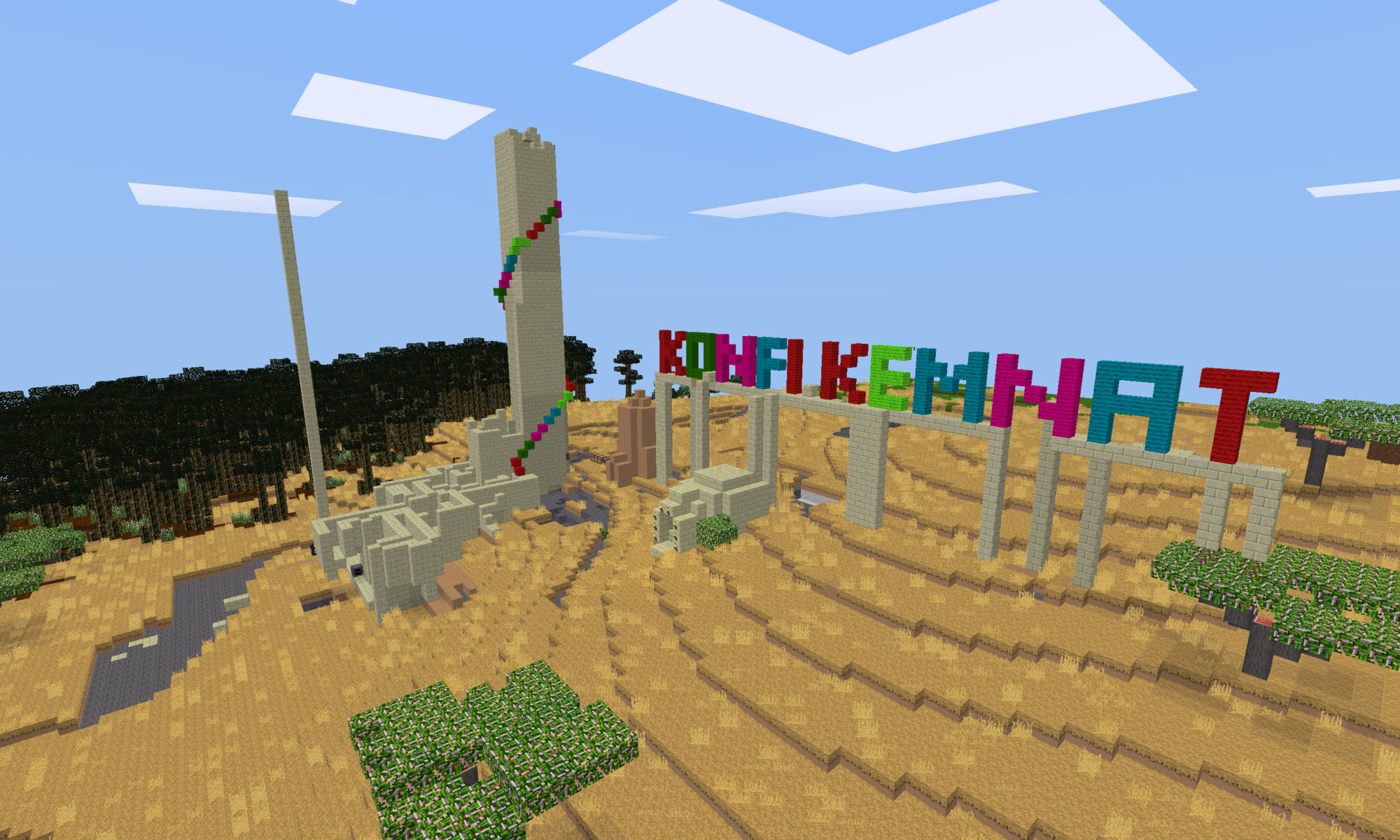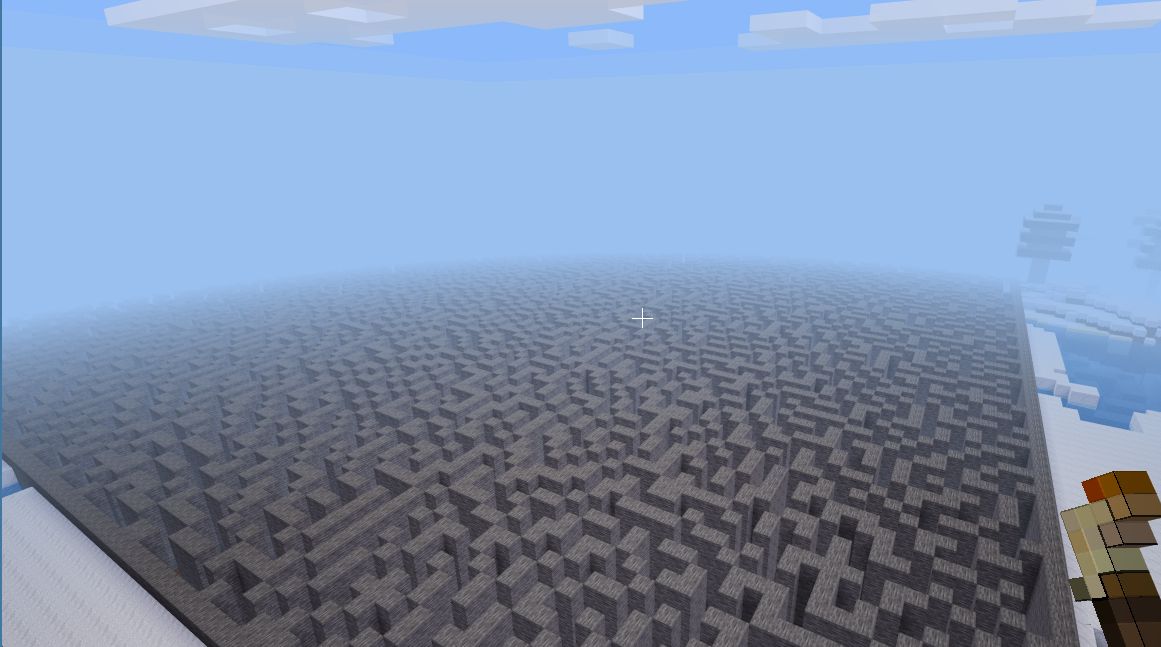

Moves the selection ( note: just the selection, not the blocks inside it) of blocks towards. Mirrors the clipboard according to axis defined with Note: currently, custom stair blocks won't rotate properly. Accepted parameters for are 90,180 and 270 (clockwise) and -90, -180 and -270 (counterclockwise). Stacks the selected blocks of times towards. If you add -s in the end, the command will also move the selection. Accepted parameters for direction are n, e, s, w, u and d (compass directions, up and down, independent of your position and orientation) and f, b, l and r (front, back, left, right dependent of your position and orientation). Moves the selected blocks of blocks towards. With -a you'll only paste non-air blocks, which is useful in tight spaces and generally makes pasting large selections much faster. Pastes the clipboard (relative to your position). replace 103 - replaces all non-air blocks within the selection with melons (103).Ĭopies the selected blocks to clipboard (relative to your position). replace 2,3,13 35:3 - replaces grass, dirt and gravel within the selection with light blue wool. set 40%3,40%13,20%2034:0 - fills the selection with 40% dirt, 40% gravel and 20% mud.Įxamples: //replace 41 3,13 - replaces gold blocks (41) within the selection with dirt and gravel. Height value can also be negative in that case the block you click with the brush will be the center of the top layer of the cylinder.Ĭurrently maximum radius/height for a WE brush is 10.įills the selection with specified block(s).Įxamples: //set 4 - fills the selection with cobblestone. So, "//br cyl 35:0 3 4" will create a 7 blocks wide, 4 blocks tall cylinder of white wool, with the center of the bottom layer on the block where you click with the brush. In addition to, cylinder brush also accepts a height value (If you don't define a height, you'll get a one block thick disc). As diameter is radius times two and the minimum diameter of a brush is 1, of 3 will give you a seven blocks wide ball. Spherical brush will create a ball of blocks specified with, of size defined with.

Spherical brush: //br s Ĭylinder brush: //br cyl

To get rid of the brush, just drop the item (or if you want to keep the item without a WE brush bound to it, type "//none") Note: you can also bind a WE tool (usually by accident) to empty hand, so make sure you're holding the item you want to use as a brush when typing the command. This'll be your standard tool for making WE selections.īrushes can be bound to pretty much all tools, weapons and other non-placeable items (sticks, feathers, blaze rods etc). With an empty hand, type //wand and you'll be given a wooden axe. A good example of this is the basic grassland ground mix consisting of mostly grass, with some dirt (3) and gravel (13) scattered here and there: "//set 95%2,3%3,2%13" So, "//set 90%35:0,10%35:1" fills your selection with (approximately) 90% white and 10% orange wool. If you don't want an even mix, you can specify percentages for each block type. You can use as many different block types you want. For example, to fill your selection with an even mix of white and orange wool, type "//set wool:white,wool:orange" (or //set 35:0,35:1). For example "//replace wool dirt" will change wool of any colour within the selection into dirt.Īll WE brushes, selection commands and masks will also accept multiple block types at once. Also, if meta is not specified, WE will apply the given command to all metatypes of a block. So, "//set wool" fills the selection with white wool. If you don't specify the meta type you want, WE will use the value of 0. For example, white wool can be "wool:white" or "35:0" (note: "wool:0" or "35:white" will also work), and orange wool is "wool:orange" or "35:1". Meta is basically a variant of a certain block. Now, when you hover your mouse pointer over a block, you'll get a tooltip telling you the block name and id:meta of the block. For example, a dirt block is known as "dirt" and "3", a block of wool can be called either "wool" or "35", and so on. For a complete list of WorldEdit commands and tools, click here.Įach block has a name and a number by which WE recognises them. In this guide we'll go through the most useful basic WorldEdit concepts, tools and commands.


 0 kommentar(er)
0 kommentar(er)
